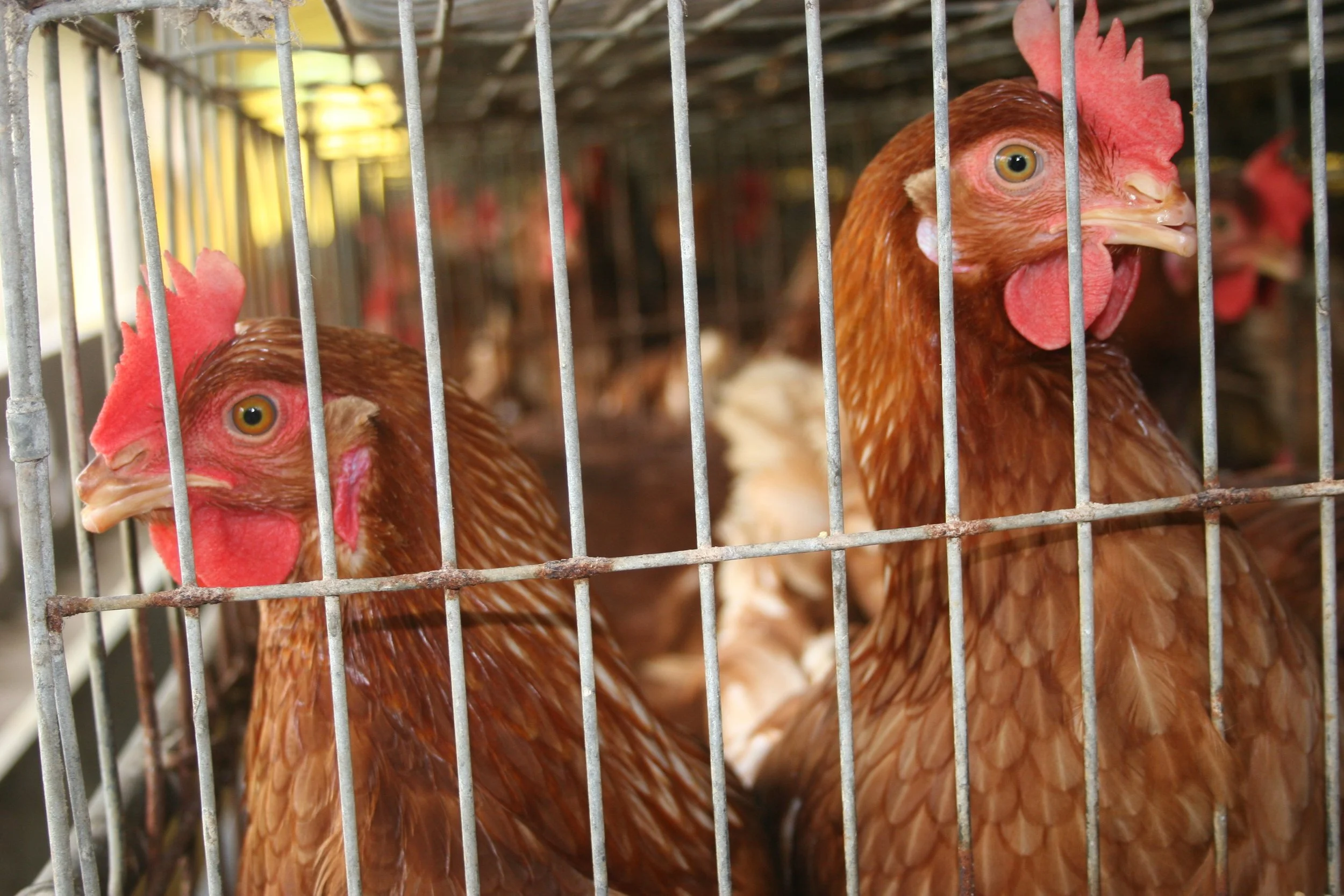Ecologists, veterinarians, and human medical professionals are recognizing infectious disease as an increasing threat to domestic animal, wildlife, human, and ecosystem health. Although infectious diseases have always been a concern for human survival—data on human and animal disease pandemics date back centuries—it is only within the latter part of the twentieth century that the term Emerging Infectious Disease (EID) jumped into the daily discussions of ecological and health professionals.
An EID is any infectious disease that has newly appeared in a population or that is rapidly increasing in incidence or geographic range. Examples of EIDs with impacts on species survival and/or human health include avian influenza, the coronaviruses - Sudden Acute Respiratory Syndrome (SARS) and Middle Eastern Respiratory Syndrome (MERS), and filoviruses in humans; fibropapillomatosis, chytridiomycosis, and canine distemper virus in wildlife; parvoviruses and feline immunodeficiency virus in domestic animals; and chestnut blight and sudden oak death in plants.
Studies are now shedding light on these EIDs and the role that anthropogenic changes, from the 7.6 billion humans alive today, play in the emergence of so many diseases. Humans are changing the Earth with landscape modifications, the over consumption of natural resources, pollution, and global trade and travel. We are affecting planetary health. Welcome to the Anthropocene!
There is hope
While the incidence of documented EIDs is increasing, so is the interest in the ecology of infectious diseases. These studies are often driven by ecologists as they strive to include pathogens in the ecological equation. Additionally, collaborative partnerships have emerged among ecologists, epidemiologists, veterinarians, medical doctors, and others. These nascent relationships, impeded too often by traditional disciplinary thinking, must be nurtured and grown. Only then will we be able to create the One Health Work Force needed to combat challenges of today.
Although many view the medical community—veterinarians and human doctors—in the traditional “fire engine role” of “putting out the fire” (disease), this view of medicine is very limited, and so yesteryear. It is true that animal, plant, and human medicine, including the field of EIDs, is rooted in this fire engine approach, which will remain an important weapon in combating disease. However, the preventive medicine fields—public health, herd health and agricultural systems health— have been in place for centuries and provide critical data and comprehensive thinking, both of which will be vital as we work to become proactive in studying and managing disease on an ecological scale.
Preventive medicine is the key. For example, few (if any!) of us would be here today, to read this blog and contemplate disease ecology, had we not received proper nutrition, hygiene, and infectious and parasitic agent chemoprophylaxis, all important tools of preventive medicine. Prevention may be at the individual or population level and is the ingredient necessary to perform holistic medicine for a changing world.
Why the need for preventive medicine
Parasites and pathogens are an integral part of ecosystems. The definition of ecology, the study of the relationship of organisms to their environment, includes all organisms - micro and macro. However, the increased awareness of infectious disease in animals, humans, and plants, associated with these pathogens, provides us with an impetus for using ecological approaches to better anticipate and respond to emerging pathogens.
If preventive medicine is applied within these ecological studies, the outcome can only be an improvement in ecosystem health. We accept agriculture health, human public health, and domestic animal health as proper areas of medical study and the benefits have been tremendous. Ironically, preventive medicine success in these fields helped create our vast impact on ecosystems, which now demand a similar holistic and preventive approach. A managed care approach at the intersection of animals, humans and the planet will be necessary to ensure further survival of all species. The planet is now the patient.
How to apply preventive medicine
As we endeavor to apply preventive medicine to the ecology of infectious diseases, four areas will require attention and activity: interdisciplinary collaboration, a combination of study designs, attitude shifts, and political activity.
Interdisciplinary collaboration—among ecologists, epidemiologists, veterinarians, medical doctors, sociologists, and politicians—will be vital to ensuring a holistic, preventive medicine approach. Ecologists bring an understanding of whole systems—how the interactions among animals, humans and plants impact ecosystems. Epidemiologists, in knowing the nature of EIDs and how they spread, can use data provided by ecologists to identify possible disease matrices—perhaps preventing trouble spots before they evolve. Sociologists provide insight into how humans will respond to preventive measures and how societies have and will continue to impact the emergence of pathogens. Of course, veterinary and human medical practitioners have diagnostic and preventive skills, both of which must be incorporated in order to mitigate EID impacts.
As this integrative and holistic approach remains relatively new and in some ways uncharted, these different disciplines must create a common language—we must all mean the same thing when we use terms such as “pathogens”, “ecosystem”, and “disease”. A slightly different shade in meaning creates confusion. We can all learn from each other, generating a greater and more useful pool of knowledge.
The design of future studies must be both retrospective and prospective. We must gather more baseline data—ecological and epidemiological—in order to determine the nature of “normal’ pathogens in ecosystems. Knowing how pathogens behave “normally” will help us better identify aberrations, perhaps linking them directly to anthropogenic change or even other, more nefarious motivations. Collecting these baseline data has implications for future disease surveillance and international security.
Prospective studies should be designed with preventive medicine in mind—helping us predict and prevent the next epidemic in plants, animals, and/or humans. These studies cannot simply address the human medical implications of an EID; or the effect on a particular species of plant. Our studies must be interdisciplinary, and need to look at EIDs from an ecological and preventive approach.
Perhaps the most difficult areas of change will be a shift in human behavior and values. Humans react to crises. Most people must have a heart attack before admitting that their drinking, smoking or eating habits were truly detrimental. Need an example? Human immunodeficiency virus became a worldwide killer before people undertook basic preventive measure. In fact, some may argue that the recent interest in the ecology of infectious diseases is reactionary—that the world is in a current EID crisis. If we are to be truly preventive, we must convince the public (and ourselves!) that reacting to an infectious disease pandemic, instead of preventing one, is bad medicine.
Finally, change almost always requires political action. In order to affect this political action, we must educate politicians on the potential impact of EIDs on their constituents and the regions over which they have jurisdiction. The practitioners of infectious disease ecology must provide to politicians the data that demonstrate how EIDs impact ecosystems, and how preventive study is the best approach for the prediction, control and mitigation of these EIDs. Practitioners of infectious disease ecology must become preventive medicine specialists. We must understand the role and nature of pathogens in the whole ecosystem and use this understanding to apply preventive measures that may decrease the impact of these pathogens, without causing more harm than good.
Similar to preventive measures used in animal, human, and plant medicine, these measures may include proper hygiene (e.g., decrease environmental pollutants), appropriate space (e.g., reducing high population densities), proper nutrition (e.g., protecting prey by controlling industrial fishing), and proper pathogen and parasite control (e.g., controlling the introduction of invasive species into naïve populations).
Final thoughts
It is an exciting time for the field of infectious disease ecology. There is much to be discovered in this developing field and as such all of us should be motivated by new interdisciplinary team work. Now is the time to apply preventive measures to mitigate the impacts of EIDs. In the 1960s, Lovelock, Margulis, and others noted the planet was self regulating—in itself, “alive”. Their theory, accepted by many and shunned by others, is widely known as Gaia, named after the Greek Goddess of the Earth. They suggested that life on Earth was the creator and regulator of the atmosphere and charged that damage to the Earth, once done, was very difficult to undo. This tenant is the perfect backbone of preventive medicine for a changing world: prevention is always easier than the cure. Let’s be preventive medicine specialist as we strive to understand the ecology of infectious diseases while maintaining the health of Earth’s plants, animals, and people.






